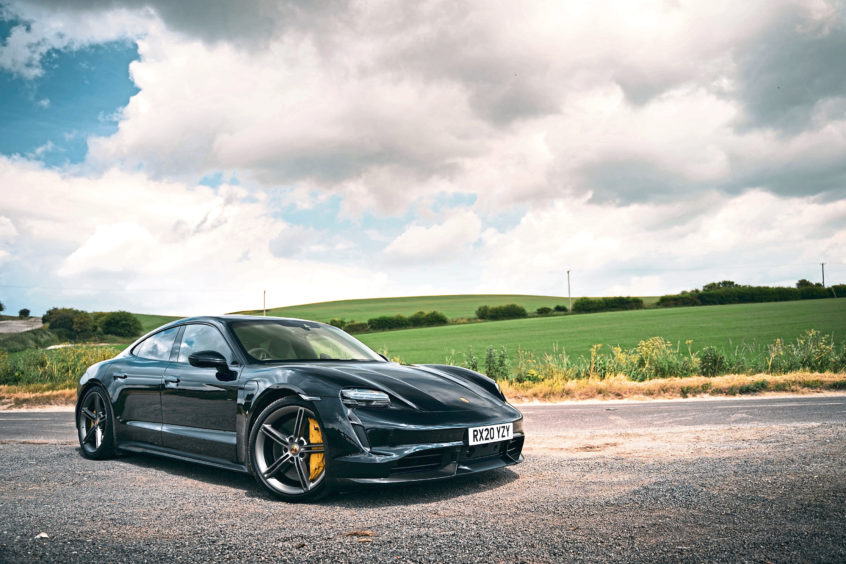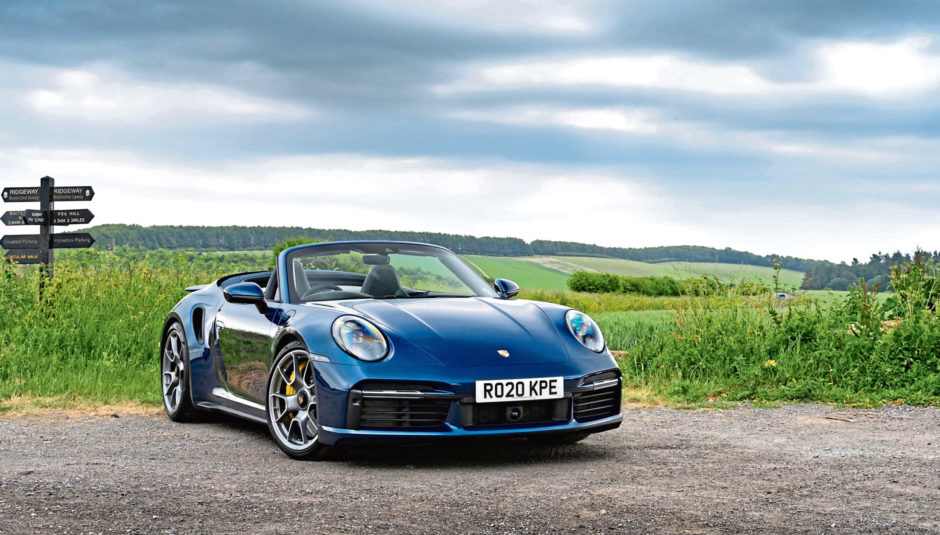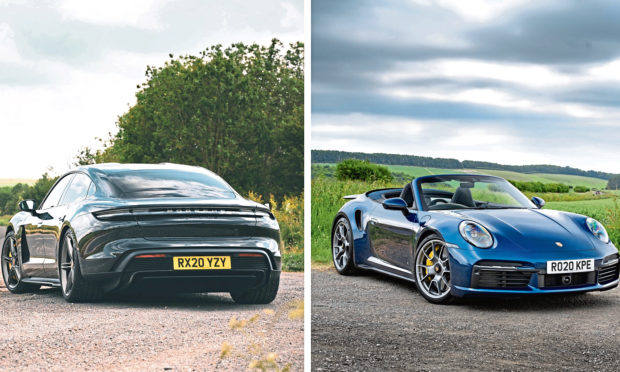Ask most car enthusiasts for their propulsion method of choice and they’ll probably say petrol.
This fossil fuel has powered some of the greatest engines known to man, and has fuelled engines with the power to catapult tonnes of metal to inconceivable speeds in a matter of seconds – sounding great while doing it.
However, with climate change now at the forefront of people’s minds, the role of heavily polluting fossil fuels is quickly dying out. That means we need an alternative and it appears electric will be the future.
Porsche is at the forefront of both old and new-school technology, epitomised by the 911 Turbo S and Taycan Turbo S.
While they might not seem like natural competitors – a two-plus-two, petrol-powered sports car and an electrically powered four-door saloon respectively – on paper they make for an intriguing comparison.
We were given the chance to test drive both back to back and it made for a fascinating and thought-provoking day.
Let’s start with the 911 Turbo S. The Porsche 911 has long been one of the best sports cars on the market and this newly released Turbo S version sits at the very top of the range of this latest generation.

Its 3.8-litre, six-cylinder, twin-turbocharged petrol engine makes 641bhp and 800Nm of torque, with a top speed of 205mph and a 0-60mph time of 2.6 seconds.
It also emits 257g/km and achieves fuel economy of 25mpg.
Prices for the coupe start at about £155k, or £165k for the convertible we tested.
The Taycan uses twin electric motors (one on each axle to provide all-wheel drive) that produce a combined 616bhp and 1,050Nm.
With launch control engaged, that figure goes up to a scarcely believable 750bhp, contributing to an identical 0-60mph time of 2.6 seconds and a lower top speed of 161mph.
It emits no CO2 and has a range of about 250 miles between charges.
The Turbo S starts at £138,826, but the one we tried had been specced up to £151,210.
Both are fast enough to scramble your brains.
Put your foot down in the 911 and there’s a moment’s lag as the turbos spool up and fuel is dumped into the cylinders to get the pistons firing – but once you’re away you’re really away.
There’s a perceptible shift of the car’s weight to the rear and you’re catapulted towards the horizon.
What’s incredible is that the higher your speeds and the further round the tachometer the needle spins, the harder the car accelerates.
The Taycan, on the other hand, scrambles your brain in a completely different, if similarly effective manner.
Electric motors are different to petrol and diesel engines because while the latter builds power with revs before tailing off, electric motors have 100% of torque available from “zero” RPM.
They then consistently lose power as speeds get higher, hence the lower top speed.
The result? The Taycan and its 750bhp hit you like a freight train.
The 0-60mph times might be identical but the 0-30mph is surely heavily in favour of the EV.
Both cars do a great job of accelerating faster than the human body could ever be prepared for, they just do it in different ways.
Where the difference lies is more in the corners. The 911 Turbo S feels like a big old brute that’s heavy in the corners.
The Taycan, on the other hand, felt more nimble and compact. It had more immediate turn-in and felt less like it was filling a full lane on the road.
With the batteries in the floor, all the weight is down low, and the Taycan actually has the lowest centre of gravity of any Porsche road car, which helps in the handling department.
For us, the Taycan is the better car, because it offers all the performance of the 911 but feels more nimble.
That said, it’s also spacious inside, has four doors and decent leg room for rear passengers. It also looks great.
The 911 Turbo S couldn’t be closer behind, though.

Being a 911, the average person probably won’t recognise that it’s “the fast one”, so if flying under the radar is your thing, the 911 is just about common enough that you won’t turn too many heads.
It’s also got utterly addictive performance and epitomises everything we’ve loved about petrol engines over the decades.
However, the good thing for car enthusiasts in particular is that owning an electric vehicle doesn’t mean saying goodbye to fast fun. It just means you can go fast with a clearer conscience and lower running costs.
